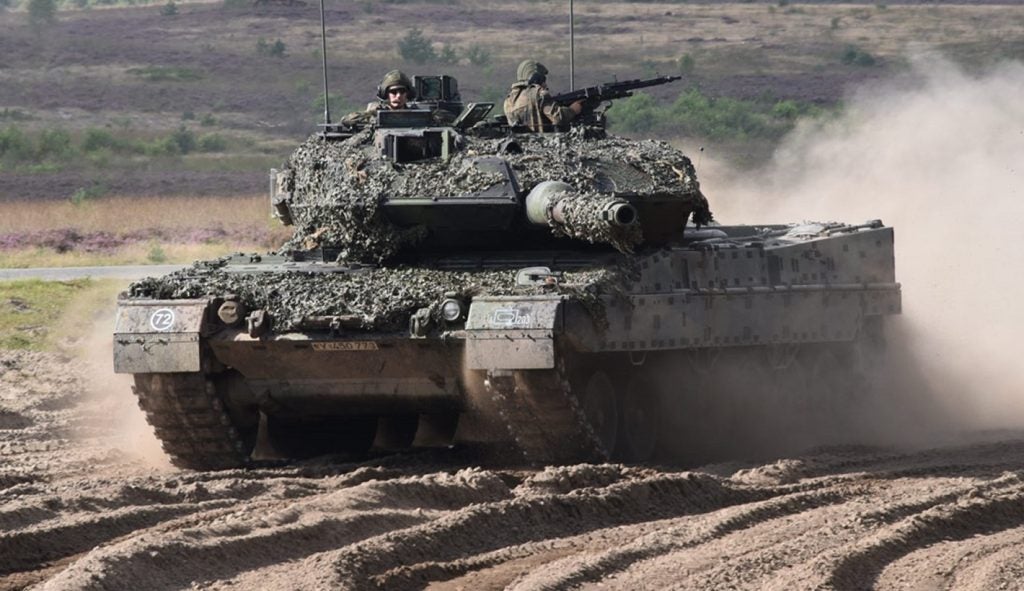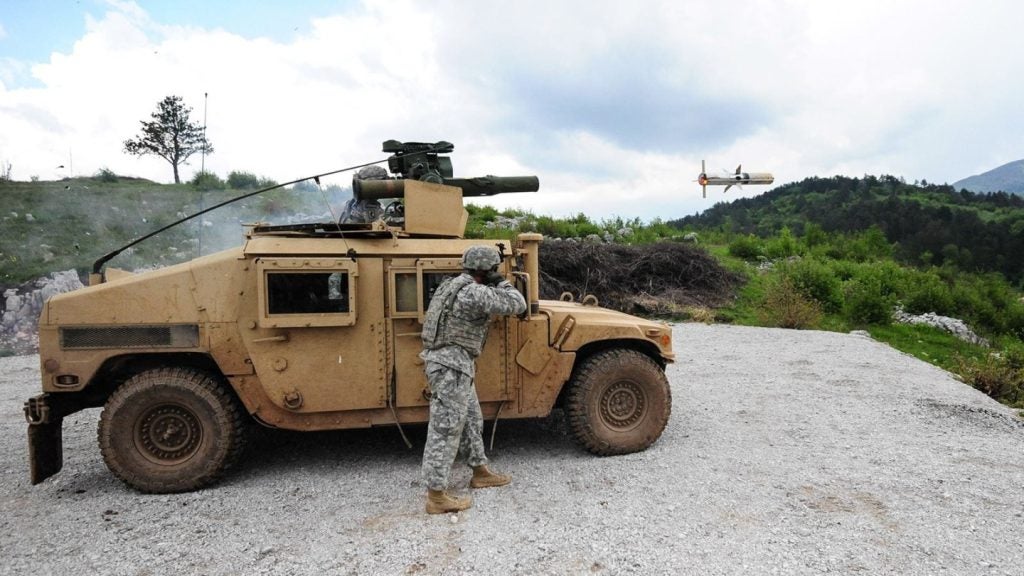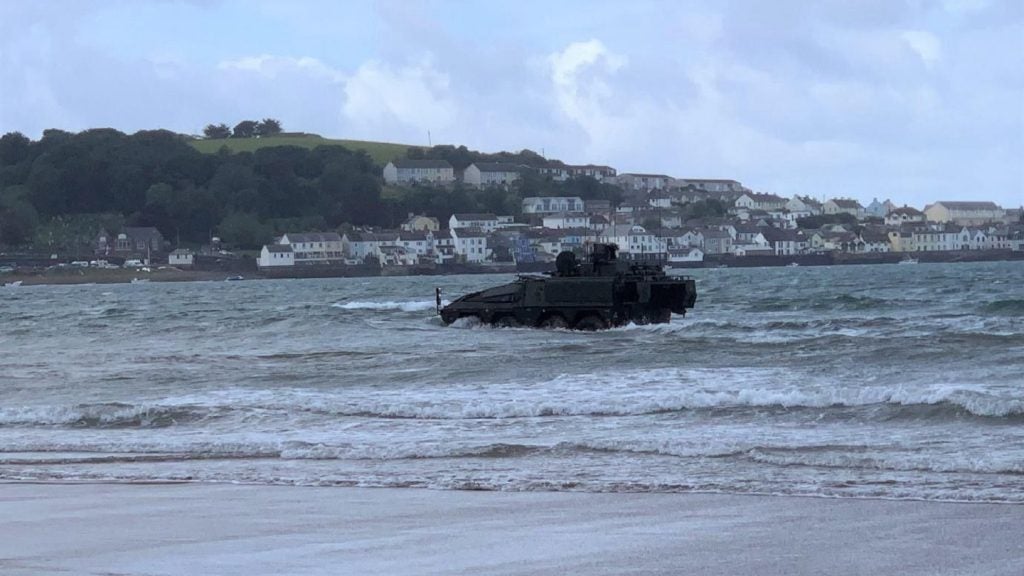
Sandia National Laboratories is transferring its Copperhead system to the US Army to help combat military personnel detect improvised explosive devices (IEDs).
The system has been jointly developed by the US Defense Department’s Joint Improvised Explosive Device Defeat Organization (JIEDDO) and the US Army Engineer Research and Development Center / Cold Regions Research and Engineering Laboratory (CRREL).
Other supporting partners include the Naval Air Systems Command (NAVAIR), Johns Hopkins University’s Applied Physics Laboratory, the Naval Research Laboratory and Airscan.
A modified miniature synthetic aperture radar (MiniSAR) mounted on unmanned aerial vehicles (UAVs), Copperhead has been uncovering IEDs in Afghanistan and Iraq since 2009.
Capable of detecting disturbances made when IEDs are buried in the earth, it can detect them day or night, and in adverse weather conditions, including fog and dust storms.
The images are processed onboard UAVs and transmitted in real-time to analysts on the ground, who in turn pass the information to soldiers.
How well do you really know your competitors?
Access the most comprehensive Company Profiles on the market, powered by GlobalData. Save hours of research. Gain competitive edge.

Thank you!
Your download email will arrive shortly
Not ready to buy yet? Download a free sample
We are confident about the unique quality of our Company Profiles. However, we want you to make the most beneficial decision for your business, so we offer a free sample that you can download by submitting the below form
By GlobalDataSandia senior manager Jim Hudgens said: "JIEDDO tested a number of technologies and ours emerged as one that was viable."
JIEDDO instructed Sandia to quickly modify and enhance the 30lb MiniSAR in nine months, so that the system could fly onboard NAVAIR’s 17ft Tiger Shark UAV.
The modified MiniSAR technology, which weighs about 65lb and is 1ft wide, was integrated into Copperhead, which includes hardware and software tools to help ground-based radar analysts understand the data relayed by the UAV.
Hudgens added: "While MiniSAR was a radar that we flew and used to collect data, Copperhead is an entire system, everything from communications to analysing imagery to providing information useful to people who defeat IEDs."
Copperhead uses a coherent change-detection technology that compares a pair of extremely detailed SAR images taken of the same scene, but at different times, which enables analysts to detect minute physical changes on the surface.
In addition, the system features advanced image-processing algorithms, which focus on the high and low terrain simultaneously, while continuing to provide fine-resolution imagery. This makes it useful in a wide variety of terrains.
Image: Sandia National Laboratories’ highly modified Copperhead miniature synthetic aperture radar system. Photo: courtesy of Sandia National Laboratories.








